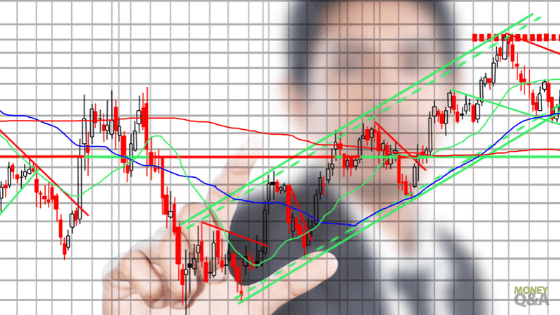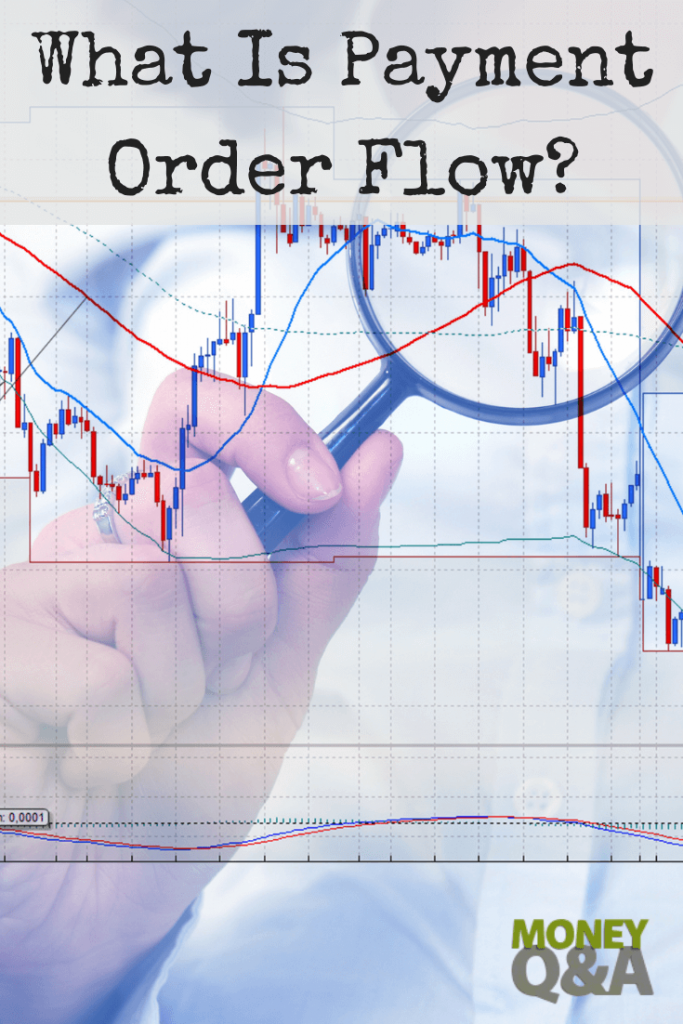
Payment for order flow is payment from a broker to a stock exchange for directing stock market orders its way. The payment may not be in the form of cash but rather as a credit to the broker’s trading account on the exchange.
Payment for order flow can significantly impact market quality and liquidity because it incentivizes brokers to send their trading exclusively to specific stock exchanges. The practice has recently emerged as an important issue that investors should care about because of its effects on the market and liquidity.
What You Need to Know About Payment for Order Flow
Why Investors Should Care
One of the key problems with payment for order flow is that it incentivizes brokers to send orders exclusively to specific exchanges. Certain markets are not receiving bids and offers from diverse sources, which can lead them to become less liquid than they otherwise might have been.
When payment for order flow is introduced, there might be a shift in the trading activities from other exchanges. Less activity at those other exchanges could lead them to lose some of their competitiveness and liquidity.
In the financial services industry, it refers to a source of the revenue made by one trading firm to another if they give it a client’s stock purchase. It can also refer to money paid to an investment bank by brokerages and asset managers in exchange for routing trades through their market-making desks. It can be seen as an underhanded and sneaky way to get some profit from trading. Regulators are working on a regulation that would require brokers to send all orders to multiple exchanges or market centers.
Risks of Payment for Order Flow
The risks of the practice can include the revenue generated by payment for order flow being shared between the trading firms and undermining a broker’s inherent competitive advantage as having an incentive to distribute the trade.
It can result in the loss of competitive markets. This is because these payments incentivize brokers to direct their orders to a specific exchange, increasing the liquidity at that exchange and decreasing the competitiveness in other exchanges.
The lack of competitiveness in these other exchanges can lead them to lose some liquidity. So, it can harm the whole industry. Payment for order flow creates funds from one trading firm to another if they give the client’s stock purchases. Payment may not be based on cash but rather as a credit to the company’s account on an exchange.
It can also lead to promoting a product that they may not want to promote, which can cause reputational damage. It could lead to an inappropriate and subversive marketing campaign which can also be damaging to their reputation. And, it can potentially incentivize advisors to make sales even if it is not in the best interest of their clients.
What to Do If You’re Affected
Since it can be detrimental to the quality of markets, investors should care about payment for order flow. Investors should consider reviewing their broker’s financial reports and disclosures. You may also want to speak with your broker or investment advisor to learn more about the practice and if they use it.
Order flow can be paid to the third party before or after the trade has occurred, and funds received can be based on volume.
The revenue generated by payment for order flow is shared between trading firms and leading markets to be less liquid than they would usually be.

Arguments Against the Practice
Payment for order flow can be seen as an underhanded and sneaky way to profit from trading. It is also known as payment for execution.
It may lead brokers to reduce payment for order flow in the future, it can lead advisors to make sales even if it is not in the best interest of their clients, the practice can create less liquidity in markets because it creates incentives that only send trades to one exchange, which makes some markets less liquid and vulnerable to manipulation than they would otherwise be, and it leads to the promotion of a product that they may not want to promote.
How Regulators Are Working on Ways to Prevent It
To avoid the potential issues of payment for order flow in the future, regulatory bodies are working on a regulation that would require brokers to send all orders to multiple exchanges or market centers. The reason for this is specifically for safety reasons.
If payment for order flow continues to be used and financial markets become too fragmented, there is a risk of a liquidity crisis. This is because payment for order flow creates incentives to send trades only to one exchange, making some markets less liquid and vulnerable to manipulation than they would otherwise be.
To avoid the potential issues of it in the future, regulatory bodies are working on a regulation that would require brokers to send all buying snd selling to multiple exchanges or markets.

Arguments For Payment for Order Flow
The payment allows the broker to make an earning off of a client’s orders. This payment can be anywhere from tiny fractions of cents to about three percent of an order price. They are paid by organizations where payment for order flow they do not have as many clients and might not handle all the business on their own.
For companies, such as investment managers or hedge funds, payment for order flow is often used to grow new assets; it also helps them earn more money in a low-interest rate market like ours.
Paying for order flow helps these organizations diversify their investments and provides them with the opportunity to make a little more money in a low-interest rate market. It is usually not an issue for investors because payment for order flow is never charged to a client.
How It Affects Robinhood
Robinhood takes payment for order flow. Payment for order flow is revenue that brokers make to exchanges for routing stock purchases. This payment typically ranges from $0.0025 to $0.0001 per share, and payment can be made as a flat fee or a fee based on the order size.
Robinhood takes payment for order flow because they’re an online broker that does not do the routing itself but rather pays the exchanges in which it sends customer orders.
Robinhood has been the fastest-growing broker in the US with this payment. It is a brokerage that pays the exchanges to route orders for customers, making it possible for them to offer no-commission trades. Even though Robinhood charges other fee structures, payment for order flow is its most significant revenue source.
But, many of Robinhood’s competitors do not use the practice. E*TRADE, for example, is a broker that has chosen not to use the practice. This is because it could create conflicts of interest if brokers are routing their own orders.
Even though payment for order flow is important, E*TRADE feels like it can offer better service to its customers by keeping payment for order flow out of the equation.
If changes are made in regulation which results in the payment for order flow being outlawed, Robinhood’s stock may suffer. This could result in dramatic changes to the payment structure of exchanges and third-party brokers like Robinhood.
If you’re looking for places to keep traditional investment accounts, you might want to check out investing with M1 Finance, Robinhood, Betterment, or Stash Invest.
M1 Finance simplifies the investment process for beginning and experienced investors alike. M1 Finance does not charge a fee per trade, and it gives you the option of taking more control over your investments if you want them (and less if you don’t). M1 Finance is great for buy and hold investors.
The payment for order flow should be considered important because it creates incentives that only send trades to one exchange, making some markets less liquid and vulnerable to manipulation than they would otherwise be. It may lead brokers to reduce the practice in the future. It could potentially reduce liquidity in already fragmented markets.
Payment for order flow is a form of payment between trading firms, where revenue generated by payment for order flow is shared between them. Regulatory bodies are working on a regulation that would require brokers to send all orders to multiple exchanges or market centers.
For these reasons, the revenue source is important to the company and its investors. The practice creates incentives that only send trades to one exchange and makes some markets vulnerable to manipulation. Some brokers think it can work well with different regulatory guidelines, but many feel that payment for order flow should be avoided.
What do you think? Do you avoid this practice? Or, since it doesn’t directly affect investors, should regulators leave it alone?

